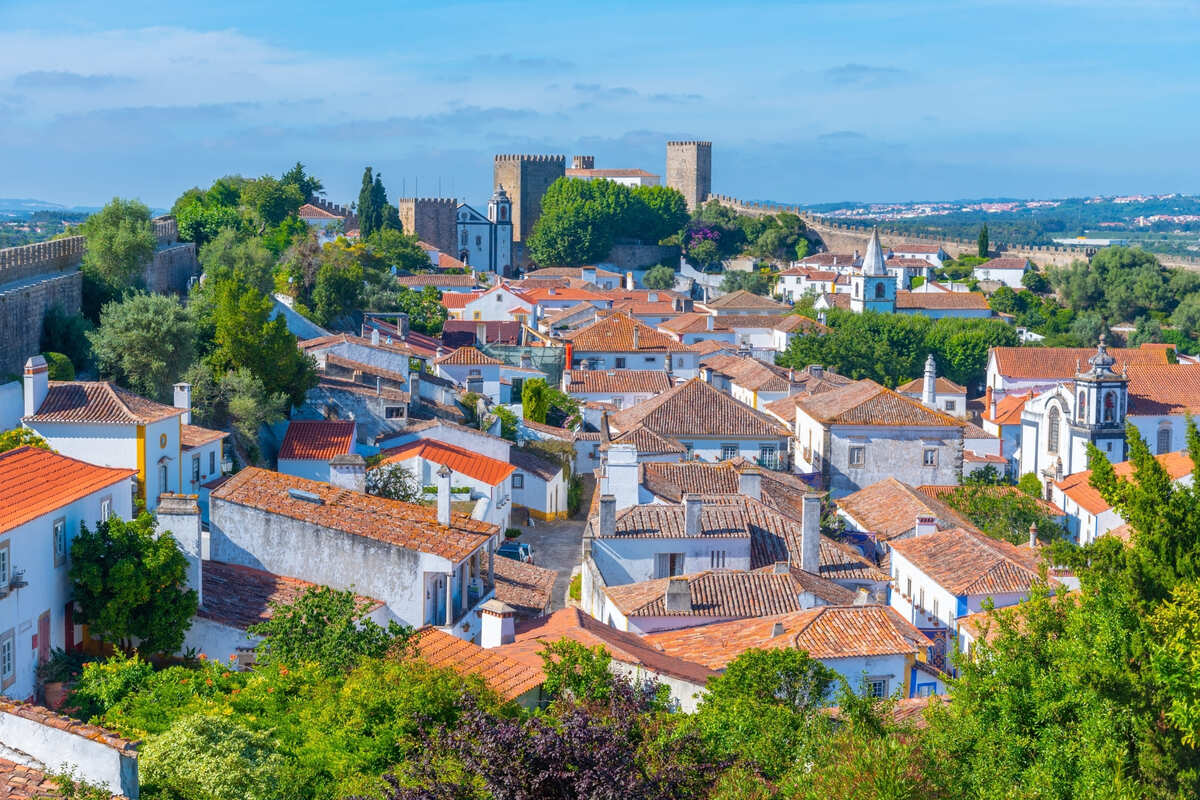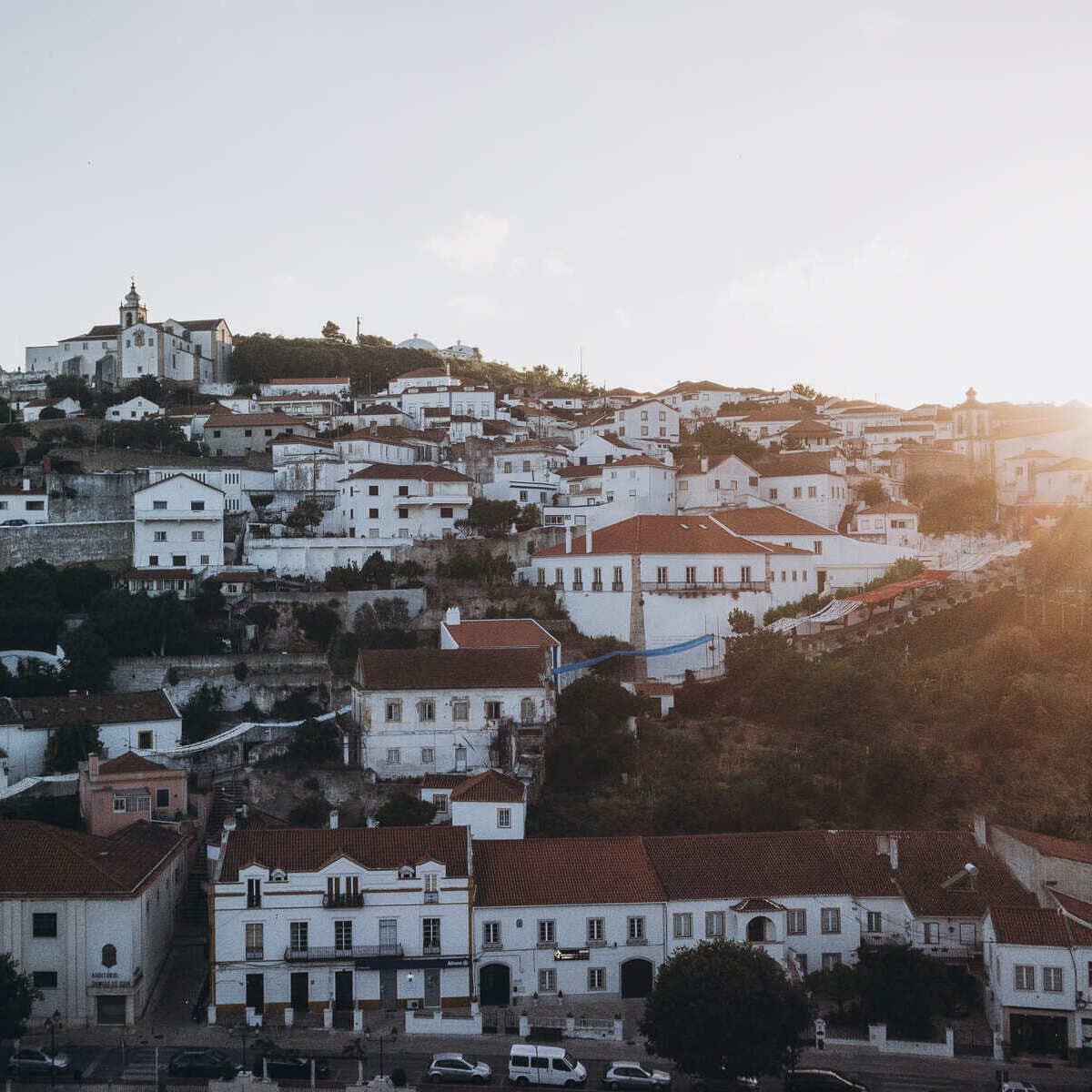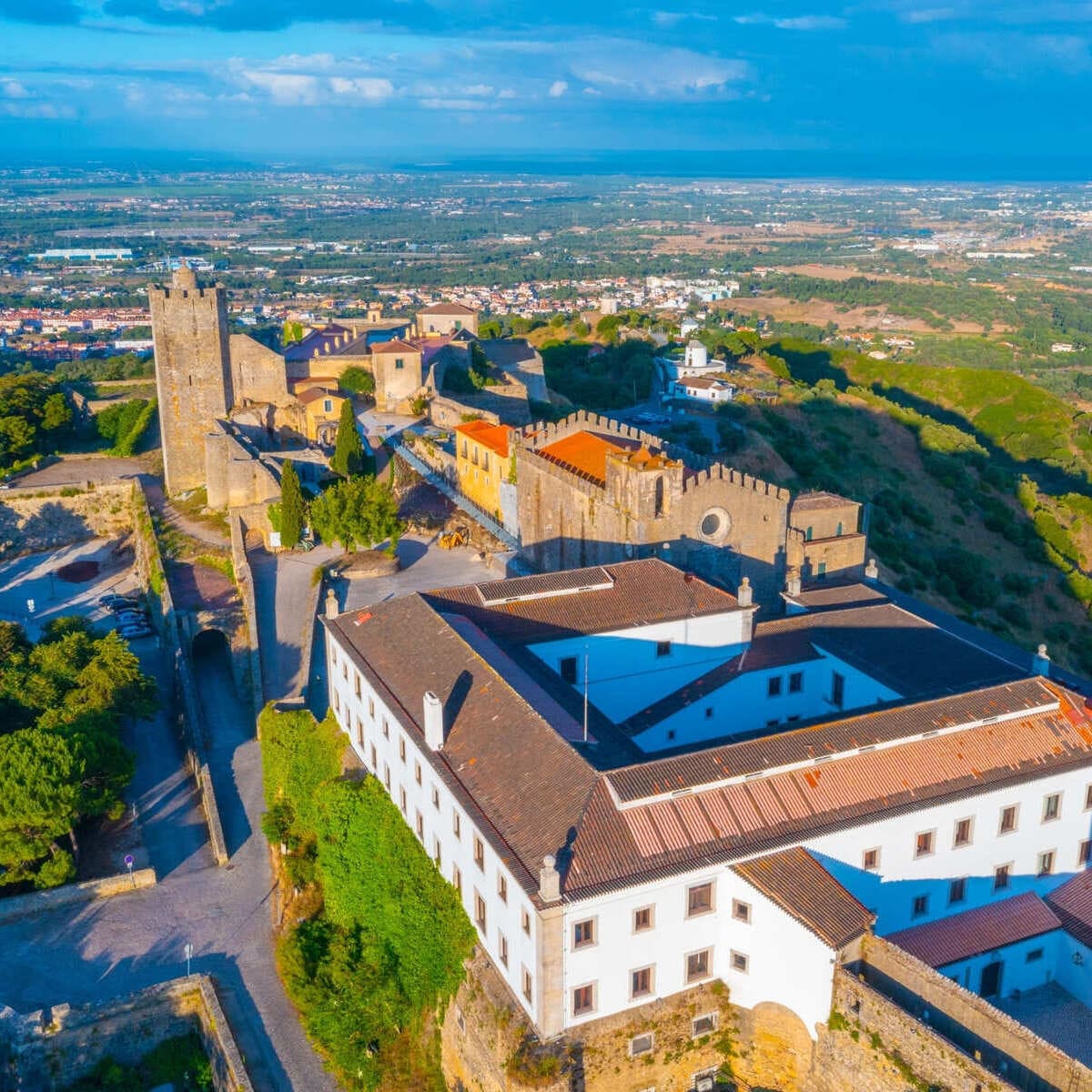Home to a picture-perfect Old Town of rolling hills, Baroque church buildings, and a scenic riverfront, it is secure to say Lisbon is definitely one of the vital unbelievable metropolis breaks in Europe.
As charming as it may be, it is also price mentioning that Lisbon has now grow to be one of many most overtouristed cities within the Old Continent. With Portugal’s surging recognition, it isn’t just like the numbers are dwindling anytime quickly.
Thankfully, these 4 much-smaller historic cities a brief 1h–2h away are simply as stunning, and full of medieval wonders with much more respiration room:
Óbidos


A small village of about 3,100 inhabitants, a 1h49 prepare trip away from Lisbon, or a fair shorter 1h driving, Óbidos stands alongside Carcassonne, in France, and Dubrovnik, in Croatia, as certainly one of Europe’s best-preserved medieval treasures.
Its Old Town appears copied and pasted straight from a storybook for kids: it has a fantastically preserved cobbled heart, with slender alleys organized in a maze-like method, all lined with whitewashed homes and surrounded by partitions.
Other than being extremely picturesque, Óbidos is bound to attraction to the candy fiends on the market: it is the proud house of Ginja de Óbidos, a novel cherry liqueur served in an edible selfmade chocolate cup. For the perfect cheeky ginjinha on the town, head straight to Bar Ibn Errik Rex.
Alenquer


A hilltop city with over 44,000 residents, a 1h bus trip from Lisbon (there aren’t any trains working on this route), Alenquer is a kind of uncommon situations of a Portuguese city but to be ruined by the nation’s overwhelming levels of tourism.
Similarly to Óbidos, it’s guarded by medieval partitions and dotted with medieval monuments, from the Twelfth-century Castle of Alenquer, to ornate church buildings like Igreja de Santa Maria da Várzea, characterised by its rib-vaulted ceiling and mix of Gothic and Portuguese Manueline parts.
Portugal is extensively celebrated for its wine, and to our fellow oenophiles, Alenquer is formally a wine area. Some of the nation’s finest reds originate right here, together with the thick, velvety Castelão, and in the event you’re driving, be sure you set out on the Quintas de Alenquer route, visiting 12 close by estates.
Palmela


A handy 37-minute drive from Lisbon, throughout the Tagus, and into the Setúbal District, you may discover Palmela, a 63,000-people-strong fort city perched on a outstanding hill, searching onto the Atlantic, and even the Portuguese capital far within the distance.
Palmela’s major attraction is its Moorish fort, constructed by Islamic conquerors who had been current in Portugal for quite a lot of centuries earlier than the Christians took over as soon as once more. The fort now homes a pousada (Portuguese for guesthouse), and a historic church.
If you are coming right here for the wine and meals, you must know Palmela’s Castelão, a fortified wine comprised of a crimson grape that thrives in sandy soils, will be present in abundance right here, in addition to Queijo de Azeitão, a signature, tangy sheep’s milk served with cured meats and recent olives.
Alcácer do Sal
Dating again over 2,700 years, which makes it one of many oldest continuously inhabited towns in Europe, Alcácer do Sal was initially established by the Phoenicians, and additional developed by the Romans, and in a while the Moors as a buying and selling submit.
It straddles the essential Sado River, notoriously identified for its salt manufacturing and fishing tradition, and between the fairytale medieval fort and the idyllic stone-paved pathways, peppered with family-run eating places and boutique retailers, Alcácer has quite a bit to supply vacationers.
Most importantly, it is named Portugal’s rice capital, and far of the native delicacies options the staple grain: duck rice, rice with seafood, candy rice desserts… you title it. On that observe, be sure you try the aptly-named O Arrozeiro (the Rice Maker), proper on the banks of the Sado.
Ordering a starter + a major rice dish + dessert and a drink will set you again between $25–$35.
The Travel Off Path Advantage: Your Travel Toolkit
Subscribe To Our Latest Posts
Enter your e mail handle to subscribe to Travel Off Path’s newest breaking journey information, straight to your inbox.

